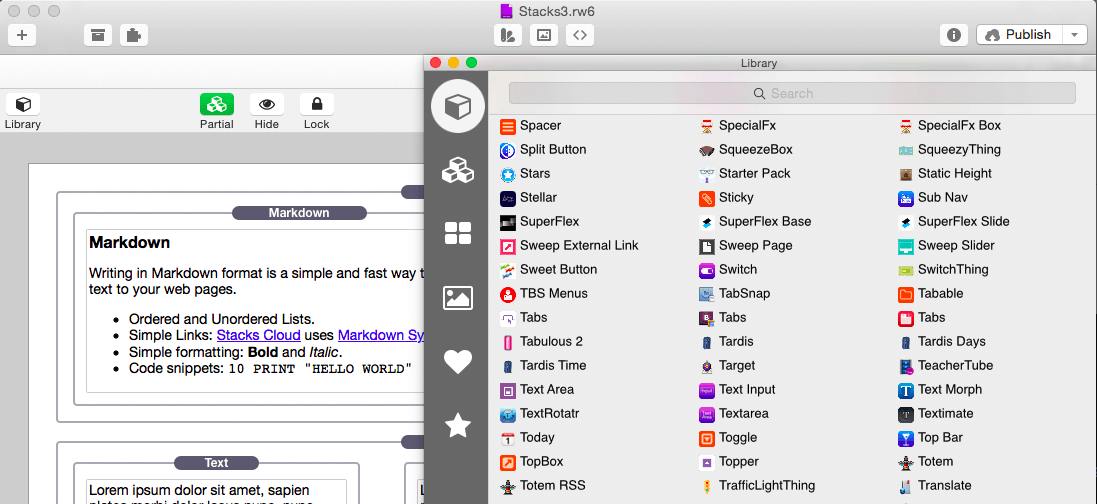

The infusion set (tubing and cannula) should be changed in accordance with the instructions in the product information supplied with the infusion set. Patients using CSII should be comprehensively instructed in the use of the pump system and use the correct reservoir and tubing for the pump (see section 6.6).

When used with an insulin infusion pump, NovoRapid should not be mixed with any other insulin medicinal products. CSII should be administered in the abdominal wall. NovoRapid may be used for CSII in pump systems suitable for insulin infusion. When necessary NovoRapid can be given soon after a meal.Ĭontinuous Subcutaneous Insulin Infusion (CSII) The duration of action will vary according to the dose, injection site, blood flow, temperature and level of physical activity.ĭue to the faster onset of action, NovoRapid should generally be given immediately before a meal. Compared to soluble human insulin the faster onset of action of NovoRapid is maintained regardless of the injection site. Subcutaneous injection in the abdominal wall ensures a faster absorption than other injection sites. Injection sites should always be rotated within the same region in order to reduce the risk of lipodystrophy and cutaneous amyloidosis (see sections 4.4 and 4.8). NovoRapid is administered subcutaneously by injection in the abdominal wall, the thigh, the upper arm, the deltoid region or the gluteal region. NovoRapid is a rapid-acting insulin analogue. The duration of action is 3 to 5 hours.Ĭlose glucose monitoring is recommended during the transfer and in the initial weeks thereafter (see section 4.4). The maximum effect is exerted between 1 and 3 hours after the injection. When injected subcutaneously into the abdominal wall, the onset of action will occur within 10–20 minutes of injection. NovoRapid has a faster onset and a shorter duration of action than soluble human insulin. When transferring from other insulin medicinal products, adjustment of the NovoRapid dose and the dose of the basal insulin may be necessary. Transfer from other insulin medicinal products The safety and efficacy of NovoRapid in children below 1 year of age have not been established. NovoRapid can be used in children and adolescents aged 1 year and above in preference to soluble human insulin when a rapid onset of action might be beneficial, for example, in the timing of the injections in relation to meals (see sections 5.1 and 5.2). In patients with renal or hepatic impairment, glucose monitoring should be intensified and the insulin aspart dose adjusted on an individual basis. Renal or hepatic impairment may reduce the patient's insulin requirements. In elderly patients, glucose monitoring should be intensified and the insulin aspart dose adjusted on an individual basis.

NovoRapid can be used in elderly patients. In a basal-bolus treatment regimen 50–70% of this requirement may be provided by NovoRapid and the remainder by intermediate-acting or long-acting insulin.Īdjustment of dose may be necessary if patients undertake increased physical activity, change their usual diet or during concomitant illness. The individual insulin requirement in adults and children is usually between 0.5 and 1.0 unit/kg/day. NovoRapid vial can also be used if intravenous administration of insulin aspart, by physicians or other healthcare staff, is applicable.īlood glucose monitoring and insulin dose adjustments are recommended to achieve optimal glycaemic control. Moreover NovoRapid vial and NovoRapid PumpCart can be used for continuous subcutaneous insulin infusion (CSII) in pump systems. It should normally be used in combination with intermediate-acting or long-acting insulin. NovoRapid dosing is individual and determined in accordance with the needs of the patient. The potency of insulin analogues, including insulin aspart, is expressed in units, whereas the potency of human insulin is expressed in international units. Date of first authorisation/renewal of the authorisation

6.6 Special precautions for disposal and other handling.4.7 Effects on ability to drive and use machines.4.5 Interaction with other medicinal products and other forms of interaction.4.4 Special warnings and precautions for use.4.2 Posology and method of administration.Show table of contents Hide table of contents


 0 kommentar(er)
0 kommentar(er)
